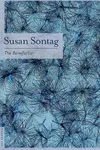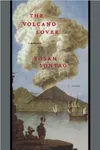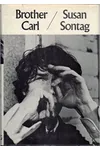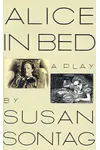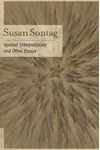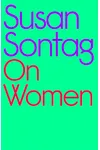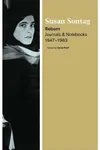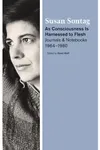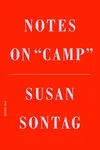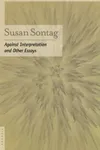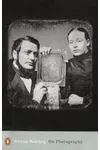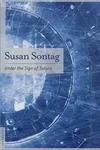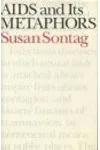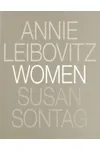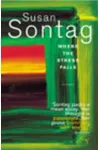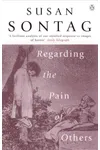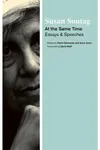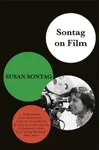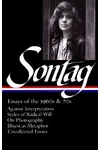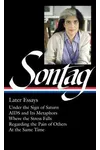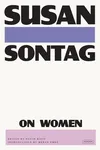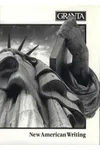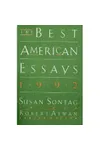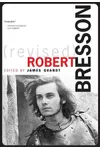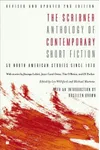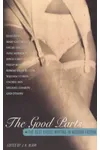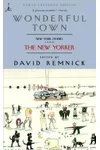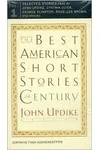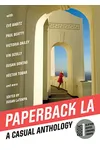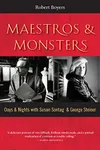Picture an American intellectual who dissected culture with razor-sharp prose—meet Susan Sontag! Born in 1933, she was a literary titan whose essays and novels reshaped how we think about art, illness, and society. With a fearless voice and a knack for challenging norms, Sontag became a cultural beacon, inviting us to see the world anew.
From her groundbreaking essays to her passionate activism, Sontag’s life was a whirlwind of ideas. Her work, blending philosophy with pop culture, still sparks debates today. Ready to dive into the mind of a woman who redefined criticism? Let’s explore Susan Sontag’s extraordinary journey!
The Making of Susan Sontag
Born Susan Rosenblatt in New York City, Sontag grew up in a world of books and big ideas. A precocious reader, she devoured literature while dreaming of a life steeped in thought. By 16, she was studying at the University of Chicago, soaking up philosophy and literature. Her early marriage to scholar Philip Rieff and her time at Harvard sharpened her intellect, setting the stage for a career that would blend scholarship with cultural critique.
Sontag’s first big break came in the 1960s, when her essays in magazines like Partisan Review caught the literary world’s attention. Her bold takes on art and politics made her a voice to watch. With a mix of curiosity and courage, she was ready to challenge the status quo.
Susan Sontag’s Unforgettable Works
Sontag’s essays, like those in Notes on Camp (1964), turned heads with their playful yet profound takes on culture. She defined “camp” as a love for the exaggerated and artificial, from drag shows to B-movies, giving readers a new lens on pop culture. Her book Against Interpretation (1966) argued for experiencing art directly, without overanalyzing it—a radical idea at the time.
Her later work, On Photography (1977), explored how images shape our reality, from war photos to selfies. It’s a must-read for anyone curious about our image-obsessed world. Sontag also wrote novels like The Volcano Lover (1992), a lush historical romance, showcasing her versatility. Her style—dense, witty, and unflinchingly honest—blended high ideas with everyday life, making complex topics feel urgent and accessible.
Illness became a major theme in works like Illness as Metaphor (1978), inspired by her own battle with cancer. Sontag dismantled myths about diseases, urging readers to see sickness without stigma. Her ability to weave personal experience with cultural analysis made her work deeply human.
Why Susan Sontag Matters
Susan Sontag’s impact on cultural criticism is unmatched. She didn’t just write—she reshaped how we engage with art, media, and politics. Her essays gave intellectuals and casual readers alike tools to question the world around them. From feminism to anti-war activism, Sontag’s voice amplified marginalized perspectives, making her a hero to many.
Today, her ideas on photography and media feel eerily prescient in our digital age. Scholars still cite her, and readers rediscover her wit and wisdom. Sontag’s legacy is a call to think critically, live boldly, and embrace the messiness of human experience.
- Born: January 16, 1933, New York City
- Key Works: Notes on Camp, On Photography, Illness as Metaphor
- Awards: National Book Award for In America (2000)
Snag On Photography or Notes on Camp and dive into Susan Sontag’s brilliant world of ideas!
